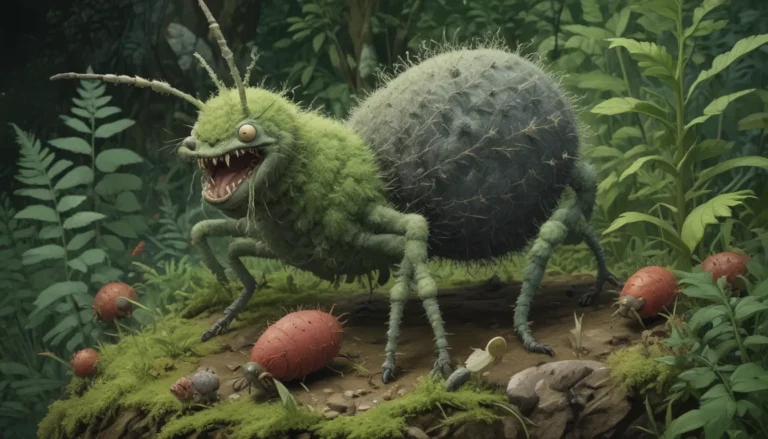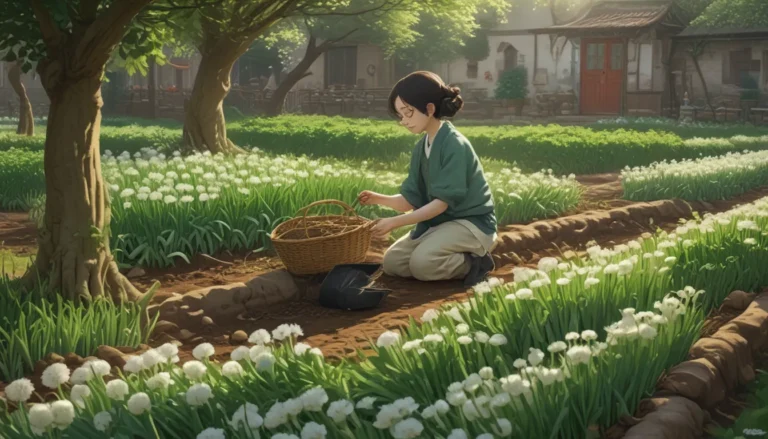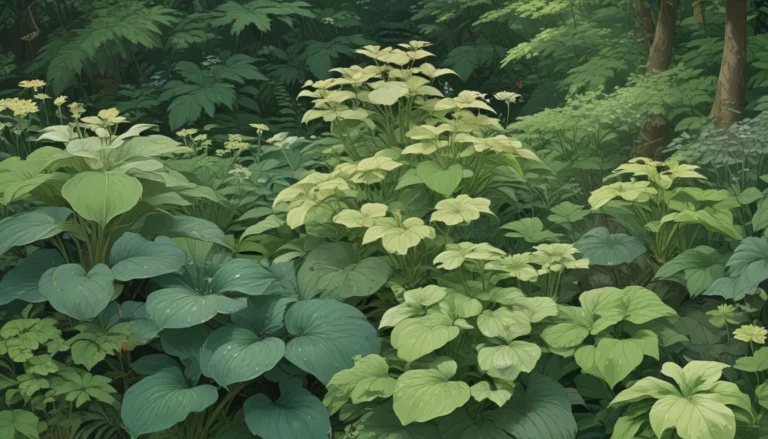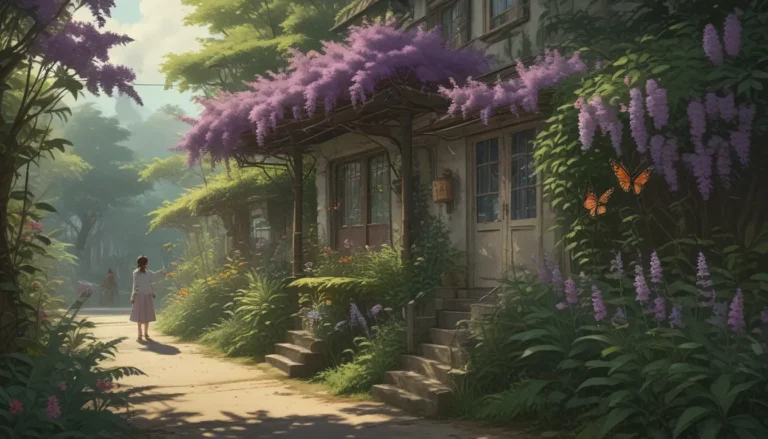A Comprehensive Guide to Growing and Caring for Salvia Flowers

Salvia, a tough genus of plants in the mint family with nearly a thousand members, is a fantastic addition to any garden. Known for its durability, heat tolerance, frost tolerance, and resistance to pests and disease, salvias are a must-have for any gardener.
The Many Varieties of Salvia
With over 900 types of salvias, there is a wide variety to choose from. These plants can range from perennials to annuals, tall and flowy to ground-covering, and in a multitude of colors such as red, pink, white, blue, purple, and more. Some salvias thrive in full sun, while others do well in shade. They can be used in mass plantings, borders, or containers, and attract pollinators like butterflies and hummingbirds.
Understanding Salvia Propagation
Salvias can be easily propagated through seeds, cuttings, or divisions. When starting from seeds, ensure they receive adequate light for germination. If propagating from cuttings, take them in the fall and provide bright, indirect light. Dividing salvias is best done in late winter or early spring before new growth begins.
How to Grow Salvia Flowers Successfully
Salvias thrive in well-draining soil and prefer full sun, although there are exceptions. Most salvias are drought-tolerant, but some varieties prefer moist conditions. Fertilize sparingly and only if the plant shows signs of weakness. Get to know your specific salvias to ensure proper care and maintenance.
Expert Growing Tips
- Most salvias do best in full sun, but there are exceptions.
- Many salvias are drought-tolerant, but not all.
- Fertilize only if your plant looks weak or if a soil test indicates the soil is deficient.
Pruning and Maintenance
To encourage bushy growth and lush blooms, salvias benefit from periodic pruning, especially before blooming commences and in early fall. Deadhead spent flowers to encourage more blooms throughout the season.
Top Salvia Cultivars to Consider
- Black and Blue: Unique cobalt blue flowers with black sepals.
- Bumbleberry: Fuchsia pink flowers on a petite plant.
- Hot Lips: Four feet tall with red and white blossoms.
- May Night: Midnight purple flowers on tall spikes.
- Pink Profusion: Bright pink flowers on a 16-inch-tall plant.
- Royal Red: Vibrant red flowers on a four-foot-tall plant.
- Violet Queen: Royal purple flower spikes on an 18-inch-tall plant.
Dealing with Pest and Disease
While salvias are relatively problem-free, they can be susceptible to aphids and spider mites. Monitoring your plants regularly for signs of these pests is essential. Additionally, proper watering and soil drainage can prevent common diseases like damping off, powdery mildew, and stem and root rot.
Best Uses for Salvia Flowers
Salvias are versatile plants that can be grown in containers, borders, mass plantings, as specimens, or in cutting gardens. Their wide range of colors and forms make them a popular choice for many gardeners.
Quick Reference Growing Guide
- Plant Type: Woody or herbaceous perennial or annual
- Flower/Foliage Color: Blue, red, pink, purple, orange, yellow, white, green
- Water Needs: Low to moderate
- Hardiness (USDA Zones): 3-10
- Maintenance: Low
- Bloom Time: Spring, summer, fall
- Exposure: Full sun to partial shade
- Height: Typically 1-5 feet
- Spread: Typically 1-4 feet
- Family: Lamiaceae
- Genus: Salvia
Conclusion
With their adaptability, variety, and easy-going nature, salvias are a wonderful addition to any garden. Whether you’re a seasoned gardener or a novice, growing and caring for salvias can be a rewarding experience. Choose from the wide variety of cultivars available to create a beautiful and vibrant garden that attracts pollinators and adds color to your outdoor space.
If you’re already growing salvias, share your favorite varieties and experiences in the comments below. And don’t forget to check out our guides on other popular salvias like Russian Sage, Purple Sage, Cleveland Sage, and White Sage for more information. Happy gardening!





